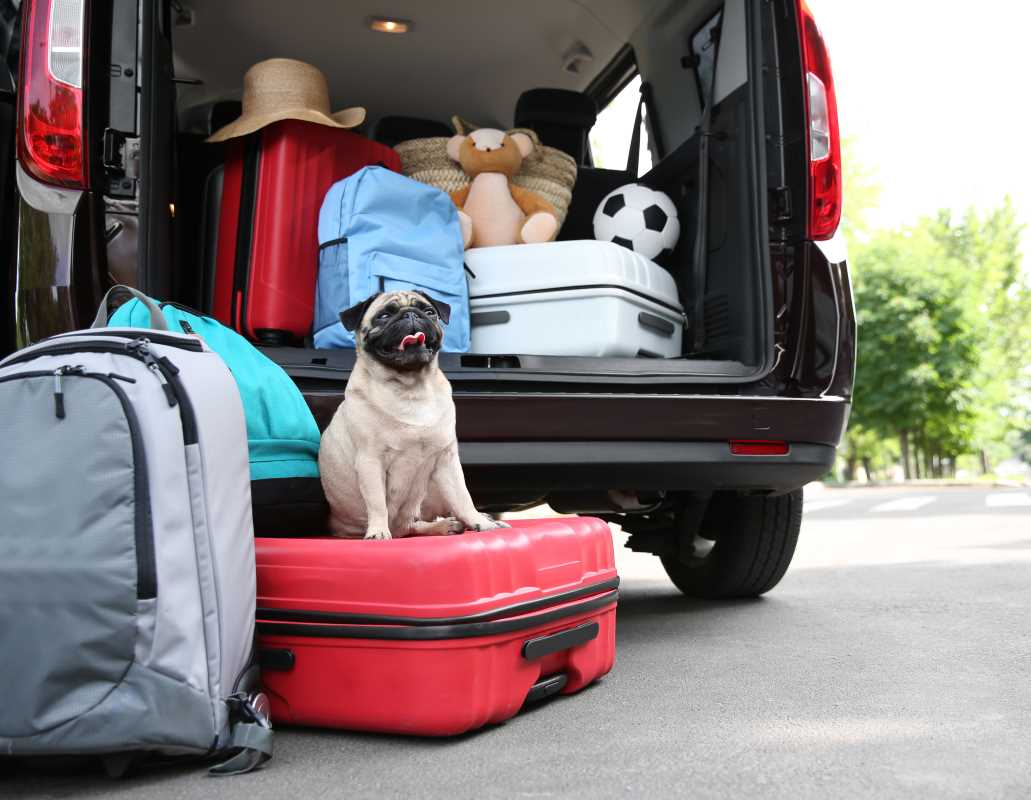Organizing a camping adventure for a group that includes grandparents and toddlers creates both anticipation and a need for thoughtful preparation. Finding the right location means considering comfort, accessibility, and a setting that appeals to all ages. Focus on travel distance, the availability of essential amenities, and landscapes that offer a sense of wonder for every family member. When grandparents have a cozy space to rest, parents get a chance to recharge, and children can explore safely, everyone returns home with special memories and a sense of connection.
Base your site choice on comfort and connection. Look for campsites with easy trail access for energetic teens, gentle picnic areas for elders, and playgrounds or open fields for the littlest explorers. A solid groundwork makes the journey feel less like a checklist and more like a shared story waiting to unfold.
1. Choose the Right Campsite
Select a campsite within a reasonable drive to avoid long hours in the car, especially for young children and older adults. A mid-day arrival lets everyone set up tents in daylight, swap travel tales around the campfire, and settle in comfortably.
Scout the site’s features online or call the ranger station. Confirm whether restrooms have flush toilets and hot water. Check if shaded spots sit near picnic tables. Map out where you’ll park vehicles versus where kids can play without wandering too far.
2. Gear and Packing Checklist
Gather essentials that blend comfort and durability. Include sleeping pads with extra cushioning for hips and backs. Pack a lightweight folding chair or stool for grandparents who prefer shorter strolls. Slip-resistant shoes keep toddlers steady on forest floors.
- Sleeping gear: sturdy tent, extra blankets, individual sleeping bags rated for cool nights
- Cooking setup: portable stove, fuel canisters, large pot for family-style meals
- Lighting: rechargeable lanterns, headlamps for hands-free movement
- Health kit: blister pads, allergy meds, family-approved insect repellent
- Entertainment: deck of cards, nature scavenger hunt printouts, a small speaker
Label each bag with a family member’s name or color code to cut down on downhill dashes searching for missing items. Keep a master list on your phone so you can tick off gear as you pack.
3. Crafting a Flexible Itinerary
Design each day loosely around one main activity. Schedule a morning hike, a midday rest, and an evening fishing or storytelling session. That fluid structure keeps adrenaline in check and offers built-in downtime.
Include moments for impromptu fun—s'mores by the fire, leaf-collecting crafts, or backyard ball games. Those surprises often become the highlight of a trip. When someone tires, swap in a nap or gentle nature walk to reset morale.
From sunrise bird watching to stargazing at night, your plans should adapt to weather, energy levels, and even the mood of the campfire crew. Pay attention to requests from every age so the schedule feels like a shared creation instead of a strict to-do list.
4. Meal Planning and Cooking Tips
Cook meals in batches to make cleanup easier. A big pot of hearty chili satisfies all taste buds and warms hands after a chilly morning. Pre-chop veggies at home and store them in reusable containers for faster on-the-spot prep.
Assign simple roles: grandparents mix the batter for pancakes, teens light the stove under supervision, and kids sprinkle cheese on top of tacos. That teamwork keeps everyone engaged and cuts down on endless chef rotations.
Bring versatile staples: tortillas, canned beans, trail mix, and pre-made dough for quick pizza on a skillet. Don’t forget a stash of protein bars and fresh fruit for mid-hike energy boosts.
5. Activities for Every Generation
Mix adventure and relaxation with activities designed for different abilities. Encourage grandparents to lead a nature sketch session, capturing trees and birds in watercolor. Let little ones explore a bug hotel or decorate hand-painted rocks.
- Gentle trails for easy walks or wheelchair-friendly paths
- Fishing spots with shallow banks for kids
- Evening campfire tales, where each decade shares a favorite memory
- Simple birdwatching—bring binoculars and a printed bird ID sheet
- Group games like flashlight tag or ring toss
Offer short bursts of activity followed by rest. That rhythm keeps older knees happy and young legs energized, creating positive cycles of engagement.
6. Safety and Comfort Considerations
Check the forecast and pack layers, from moisture-wicking shirts to down vests. Stay ready for sudden temperature shifts and dry out damp gear in midday sun. Everyone sleeps better when no one shivers or sweats through the night.
Review wilderness safety, from proper tent anchoring to storing food away from wildlife. Teach kids how to tie a simple square knot and identify a safe spot for a first-aid kit. Keeping those basics top of mind makes relaxed fun possible.
Connecting generations around a campfire creates lasting memories. Plan carefully, stay adaptable, and include everyone's ideas to enrich the experience.
 (Image via
(Image via





